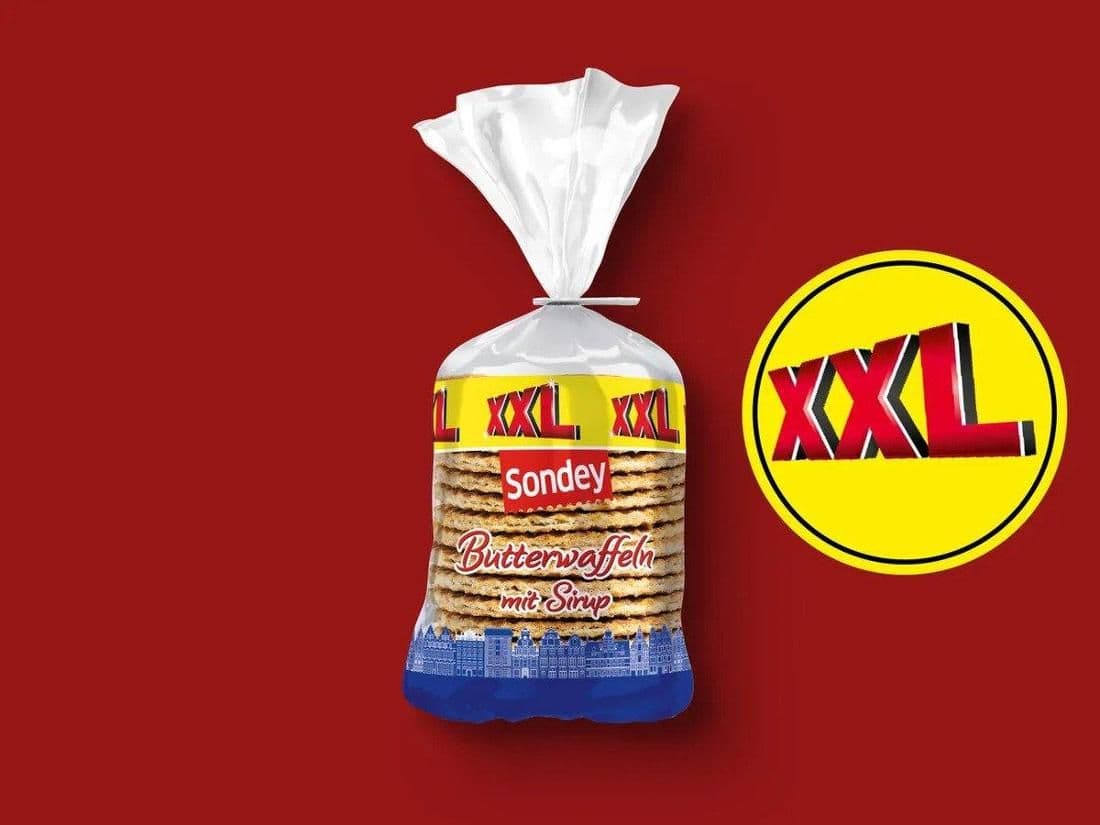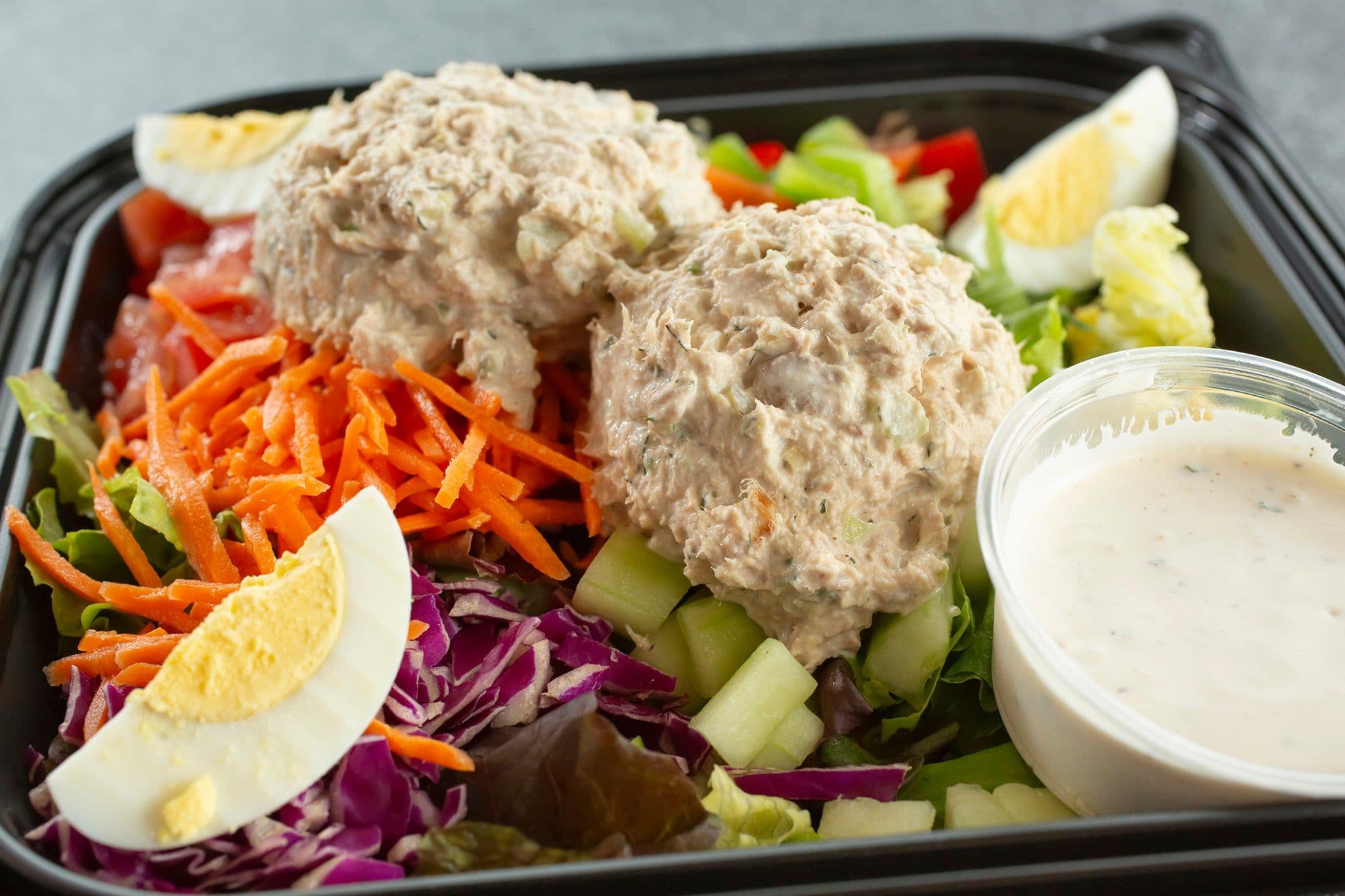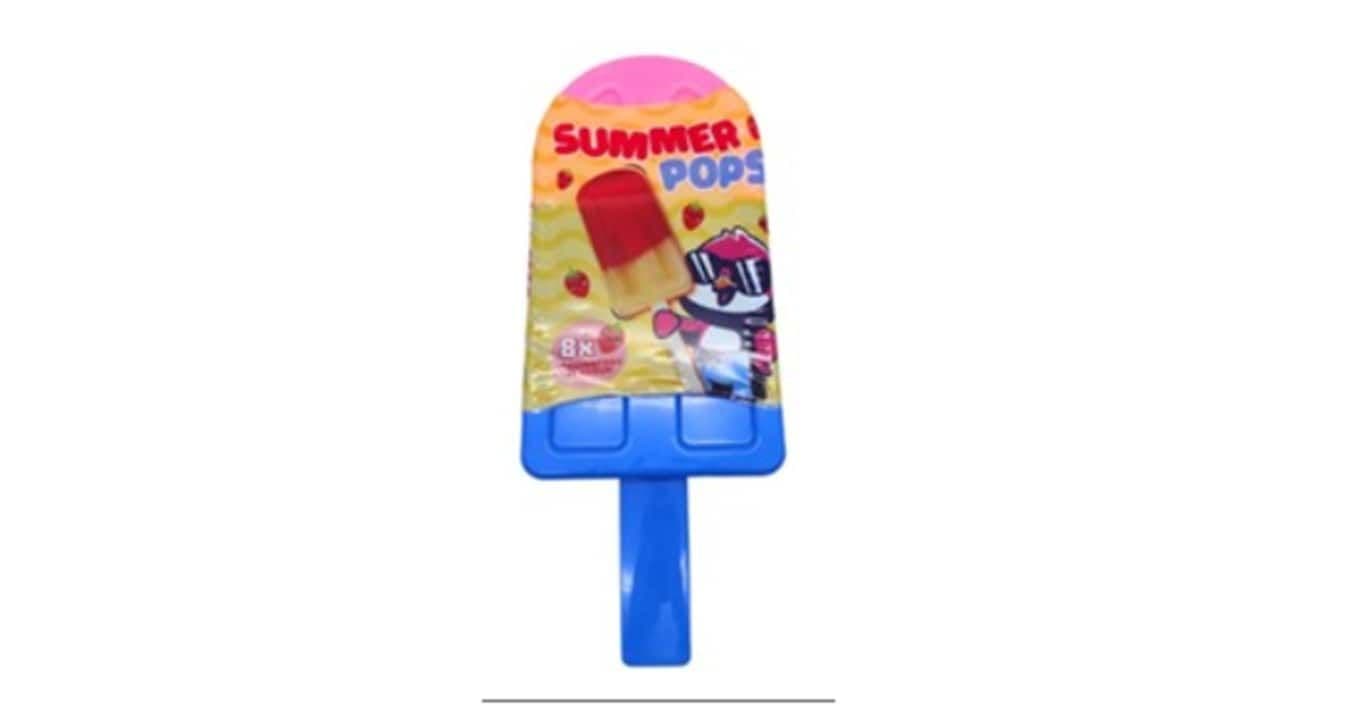More Than Just a Recall: Unpacking the Wiltmann Salami Incident's Broader Implications
Beyond the Wiltmann salami recall, grasp E.coli dangers & key consumer steps. Elevate your food safety knowledge for a safer kitchen and smarter shopping habits.
Immediate Alert: What You Need To Know About The Wiltmann Salami Recall
For many, salami is a staple, a quick snack, or a delicious addition to a charcuterie board. But a recent announcement from has put a popular product under scrutiny, urging consumers to check their refrigerators immediately. The company has initiated a nationwide recall of its "Wiltmann Rein Rind Salami," specifically the 70-gram packs, due to the detection of bacteria during routine quality checks. This isn't just a minor inconvenience; E. Coli can lead to serious gastrointestinal illnesses, posing a particular threat to vulnerable groups like young children, pregnant individuals, the elderly, and those with compromised immune systems. The recall specifically targets packs with the Mindesthaltbarkeitsdaten (best before dates) of August 14, 2025, August 21, 2025, and August 25, 2025. You'll find these crucial dates, along with the identifying batch number L2517700010, on the back of the packaging. This affected salami was widely distributed, found on the shelves of major retailers including , , and across . If you have any of these specific packs at home, the most important message is clear: do not consume the product under any circumstances. Your immediate action is vital for your health and the safety of your household.
Understanding the Hidden Threat: The Science Behind E. Coli and Food Safety
The mention of bacteria might sound familiar, but understanding its true nature and the specific danger it presents is key to appreciating the gravity of this recall. Escherichia coli, or E. Coli, are a diverse group of bacteria, many of which live harmlessly in the intestines of humans and animals. However, certain strains, particularly the Shigatoxin-producing E. Coli (STEC) found in the Wiltmann salami, are pathogenic and can cause severe illness. These harmful strains produce toxins that damage the lining of the small intestine, leading to symptoms like intense abdominal cramps, sudden onset of severe watery or bloody diarrhea, nausea, and vomiting. While most healthy adults recover within a week, the consequences can be much more severe for those with weaker immune systems. For children, the elderly, and individuals with underlying health conditions, STEC infections can escalate to hemolytic uremic syndrome (HUS), a life-threatening complication that can cause kidney failure. This makes the proactive recall by Wiltmann a critical public health measure, highlighting the constant vigilance required in food production to prevent such microscopic, yet potentially devastating, contaminants from reaching our plates.

Your Next Steps: Navigating Returns and Protecting Your Household
So, you’ve checked your salami, and it matches the recalled product. What now? The immediate priority is to ensure no one in your household consumes it. The good news is that returning the affected is straightforward and consumer-friendly. The manufacturer has confirmed that the product can be returned to the store where it was purchased, regardless of whether it was , , or . What's more, you don't even need to present your original receipt to receive a full refund of the purchase price, making the process as hassle-free as possible. Beyond the return, it’s also wise to consider any surfaces the contaminated salami might have touched. While salami is typically a ready-to-eat product, if the packaging was compromised or the product handled extensively before you learned of the recall, a quick clean of your cutting boards, utensils, and countertops with hot, soapy water or a disinfectant is a sensible precaution. This simple step helps prevent any potential cross-contamination, ensuring that your kitchen remains a safe space for food preparation. Remember, acting quickly and thoroughly protects everyone in your home.
Beyond the Barcode: Practical Tips for Proactive Consumer Food Safety
This salami recall serves as a powerful reminder that food safety isn't just the responsibility of manufacturers; it's a shared endeavor where consumers play a crucial role. While we rely on companies for rigorous testing, our own vigilance can significantly enhance household food safety. Beyond simply checking recall notices, integrating proactive habits into your daily routine is key. Always make it a point to inspect food packaging before purchase for any signs of damage, swelling, or leaks. At home, practice impeccable hand hygiene, especially before and after handling food. Be mindful of cross-contamination: use separate cutting boards for raw meats and ready-to-eat foods, and always clean surfaces thoroughly. Pay attention to "best before" dates, but also trust your senses – if something looks, smells, or feels off, it's safer to discard it. Lastly, consider regularly checking official food safety warning portals, like '' in , which provide timely updates on food recalls. Making these practices second nature empowers you to be an active participant in safeguarding your family's health, turning every shopping trip and meal preparation into an opportunity for heightened awareness.
A Look Ahead: Industry Responsibility and Preventing Future Contamination
While consumer vigilance is paramount, the ultimate responsibility for safe food rests heavily on the shoulders of the food industry. The Wiltmann salami recall, while unsettling, also demonstrates a functioning system of quality control and a commitment to public safety. The detection of during a "routine control" and the subsequent "preventative recall" indicate that the company's internal monitoring systems are in place and working, however imperfectly. Yet, such incidents prompt a broader conversation about how contamination can be prevented in the first place. This involves robust quality assurance protocols throughout the entire supply chain, from sourcing raw materials to processing, packaging, and distribution. Investing in advanced testing technologies, implementing stricter hygiene standards, and fostering a culture of continuous improvement are not just good business practices but ethical imperatives. For consumers, these events underscore the importance of transparency from manufacturers and regulators. We should expect nothing less than full disclosure and swift action when risks emerge. Ultimately, preventing future contamination hinges on a collective commitment to excellence, ensuring that every product reaching our tables is truly safe to enjoy, fostering trust between producers and the public they serve.
Related Articles

When Dinner Delivers Danger: Inside the World of Food Safety Alerts

When Dinner Delivers Danger: Inside the World of Food Safety Alerts

Beyond the Best-By: Unpacking the Unexpected Hazard in Lidl's Waffles

Beyond the Best-By: Unpacking the Unexpected Hazard in Lidl's Waffles

From Pantry Staple to Public Hazard: The Unseen Vulnerabilities Behind the Tuna Recall

From Pantry Staple to Public Hazard: The Unseen Vulnerabilities Behind the Tuna Recall

Sweet Treat, Sour News: Unpacking the Vague Dangers of a Popular Ice Cream Recall
